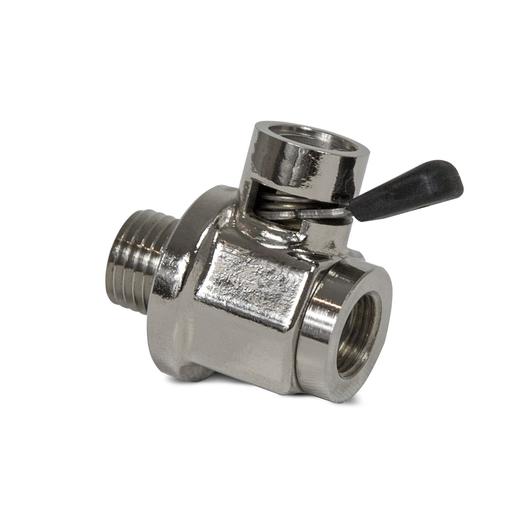dbrannon79
I'm getting there!
I actually have that area open on my truck since I removed the FFM and mounted a filter on the firewall
Follow along with the video below to see how to install our site as a web app on your home screen.
Note: This feature may not be available in some browsers.
Bison’s idea of a banjo fitting on the drain pan bolt really is a good idea for automatic return. Maybe a line retainer clip on one of the oil pan bolts swapped for a studded bolt. Just having a descent drain pan setup for it during oil changes is the only detail.

Ok. The oil return line cant just drop oil into the engine free air. That would allow crankcase pressure to flow backwards into the canister and defeat it.
Post #145, watch the top video of the provent, time 3:00-3:40. The most effective method is when the return line goes into the oil pan sump, into the liquid oil.
Adding a fitting into the oil pan would obviously be a pain in the neck. So if the drain hose ran down to the drain plug and could connect there- that solves this problem. But being able to unscrew the hose fitting from the drain plug hole would be hard at oil change time, and if it is a bulky hose sweeping into it- easily damaged.
So if a banjo fitting was in the end of the return hose, and the banjo bolt used as the drain plug bolt, this would allow the oil to return into the oil pan and the drain hose lug location.
The new bolt head would only stick out 1” more than factory.
Maybe you aren’t familiar with banjo fitting?
View attachment 67752
So the barbed part on the right would be in the return oil hose. The hollow bolt would replace the factory drain plug.
I will try to find a video...

Could you run the return hose over the transmission and down to oil pan drain? Where can I get the correct size Banjo Bolt set-up. Need to do this install on the '94 Suburban as it has substantial blowby.
Nope.Just out of curiosity, is there a plug or cover that can be accessed on the engine valley under the intake that would go into the cam / lifter area that's not pressurized by the oil pump? maybe something that can be used for a drain?